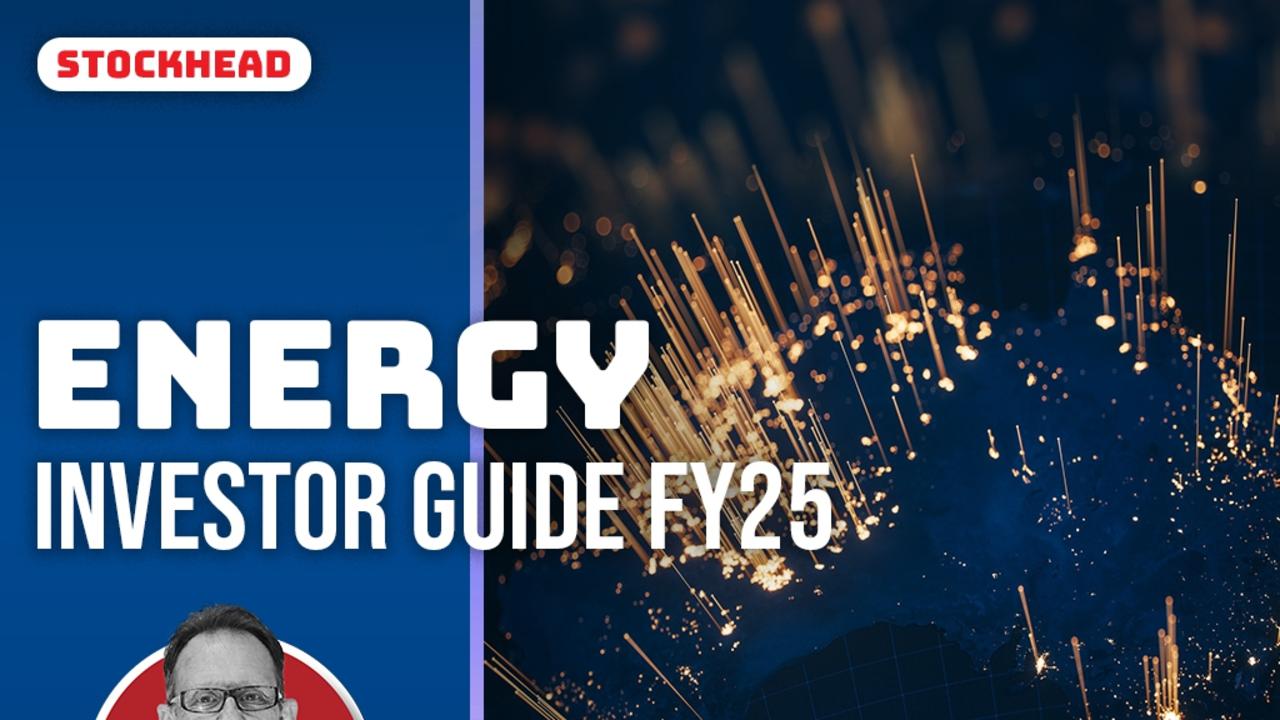Emission Control: Net zero commitments with no substance will no longer fly, experts say
The new Labor federal government has promised to take reducing greenhouse gas seriously. But that means big, brave changes, experts warn.

Emission Control is Stockhead’s fortnightly take on all the big news surrounding developments in renewable energy.
While Labor’s ‘Powering Australia’ plan sets out a strategy to reduce national greenhouse gas emissions by 43 per cent by 2030 based on 2005 levels, experts in the field say a realisation of what that actually translates into is where further improvement needs to come in.
Today in Australian politics, all the commitments have been long on words and very, very short on what net-zero means, according to Institute for Energy Economics and Financial Analysis (IEEFA) gas analyst Bruce Robertson.
Remember Morrison’s net zero 2050 plan?
–
For the latest renewables news, sign up here for free Stockhead daily newsletters
–
Not only did it include no new policies or changes to the 2030 target of 26–28 per cent on 2005 levels, but it was labelled by media outlets and industry around the world as being ‘a big announcement with little detail’, a ‘joke’ and a ‘fraud’.
Robertson says if Federal Labor wants to take net zero seriously, as it has suggested by implementing more ambitious goals, then Australia needs to stop the development chain of oil, coal, and gas projects.
“What net zero means is that from today, we need to produce less oil, coal, and gas … not more,” Robertson said.
“At the moment we are on a pathway to produce ever-increasing emissions by fuelling the global thirst for fossil fuels – we can’t sit here and deny our part in that chain.
“It’s a little bit like a tobacco company saying, ‘no harm was made in making our products’ – it’s not in manufacturing the products that the problems come, the problem comes when the fossil fuels are burned.”
Targets easy to achieve with right people in power
Climate Energy Finance Australasia founder and director Tim Buckley says Albanese’s government is going to want to show they are a stable, sensible set of hands – one that isn’t going to backflip on things they have committed to.
“Voters have said what Labor is pushing for isn’t enough and that is why we now have six or seven new teal candidates and so many more Greens in the Senate.
“Reducing greenhouse gas emissions by 43 per cent is better than 26 and it is nowhere near enough but let’s look at the other targets they have set out – they have set out an 82 per cent renewables by 2030 target … that is a huge, huge lift in aspiration,” he added.
–
Visit The Australian’s Stockhead page, where ASX small caps are big deals
–
“This means the Australian Energy Market Operator can begin planning with immediate effect and can invest in it.”
According to Buckley, the reality is these targets are easy to achieve with the right people in government.
“There is so much momentum at the corporate, finance and state levels.
“Australia is going to be a renewable energy and mining superpower so the sooner we start embracing the opportunity, it will be a lot easier to talk about lifting ambition over time.”
Fortescue Future Industries welcomes new European Commission plan
Green energy company Fortescue Future Industries (FFI) – the green arm of Twiggy’s Fortescue Metals Group (ASX:FMG) – has welcomed the new European Commission REPowerEU plan to rapidly reduce dependence on Russian fossil fuels.
Through energy savings, diversification of energy supplies, and the accelerated rollout of renewable energy, the European Commission said it plans to replace fossil fuels in homes, industry, and power generation.
“There is a double urgency to transform Europe’s energy system: ending the EU’s dependence on Russian fossil fuels, which are used as an economic and political weapon and cost European taxpayers nearly €100 billion per year,” it said in a press release last week.
FFI said it strongly supports the European Commission’s plans for green hydrogen, infrastructure for green hydrogen production, and imports pertaining to green hydrogen.
“A goal has been set of 10 million tonnes of domestic renewable hydrogen production and 10 million tonnes of imports by 2030, in order to replace natural gas, coal and oil in hard-to-decarbonise industries and transport sectors,” the company said.
“We believe this target must be more ambitious, however this is good start.”
Speaking from the Green Hydrogen Organisation’s Global Assembly in Barcelona, FFI founder and chairman Dr Andrew Forrest said green hydrogen, green ammonia and green energy are the only sustainable solution to the energy crisis.
“Any type of hydrogen made from fossil fuels is part of the problem, not the solution,” he said.
Who’s got news out?
Calix (ASX:CXL)
CXL is the biggest winner this week, up 18% on various news items such as its $11 million grant for development into a low emissions lime project with Adbri, $20 million grant funding in collaboration with Pilbara Minerals (ASX:PLS) and its $30 million win with Boral (ASX:BLD) for carbon abatement.
Provaris Energy (ASX:PV1)
Previously named Global Energy Ventures, Provaris Energy made gains this past fortnight after announcing engineering and development advancements on its GH2 Carrier, including preliminary engineering design works for maritime infrastructure solutions.
Both for export and import of compressed hydrogen, the company said major progress has been made on the final design package for discussions with shipyards – an important milestone in refining its cost and schedule for construction.
This ‘Contract Design Package’ phase is now 70% complete and on track for final delivery in June.
BPH Energy (ASX:BPH)
BPH is looking to pursue an investment into Clean Hydrogen Technologies Corporation, subject to shareholder approval.
In a market announcement yesterday, the company said it has been assessing new opportunities, where there are increasing obligations to provide energy solutions.
“The transitioning from hydrocarbons such as coal and oil to hydrogen, produced with no emissions, is now presenting real economies and growth globally,” BPH said.
“At a proof-of-concept scale, Clean Carbon has developed and tested its processing capabilities which have successfully produced hydrogen, with no C02 emissions achieving on average a 92% cracking efficiency.
“Clean Carbon’s development activities have shown that, by processing (not burning) methane using their patented catalyst and a modified fluidised bed reactor, they can produce hydrogen with no CO2 emissions.”
This is referred to as turquoise hydrogen, however Clean Carbon also produces a second product used for battery manufacturing, called conductive carbon.
This content first appeared on stockhead.com.au
SUBSCRIBE
Get the latest Stockhead news delivered free to your inbox. Click here


